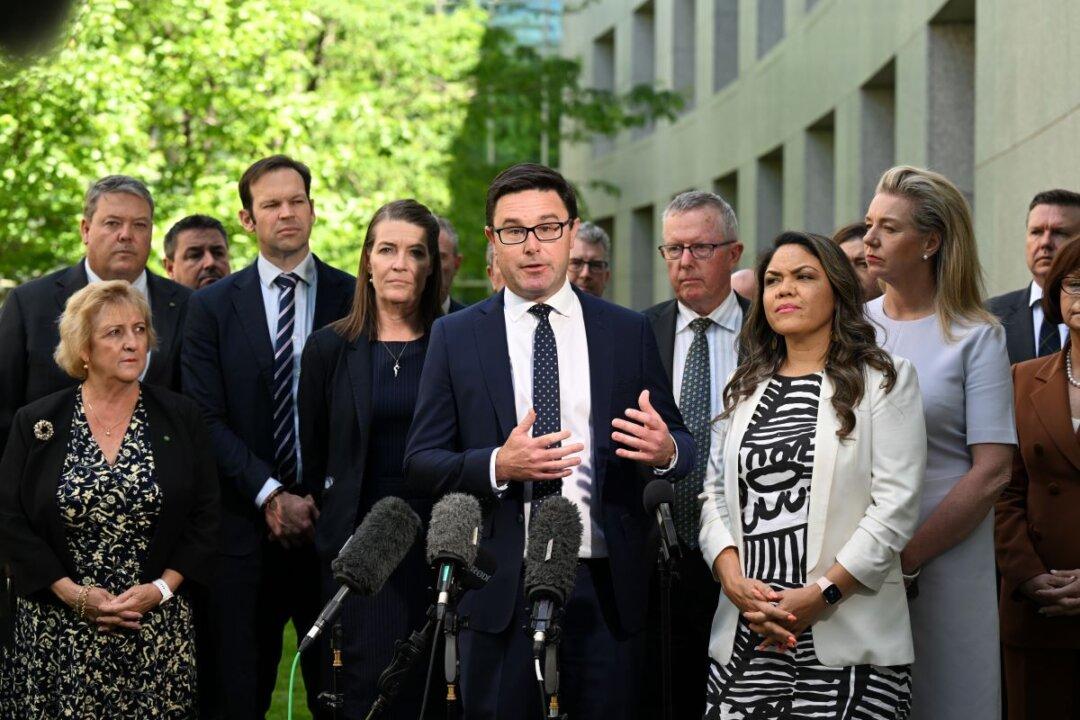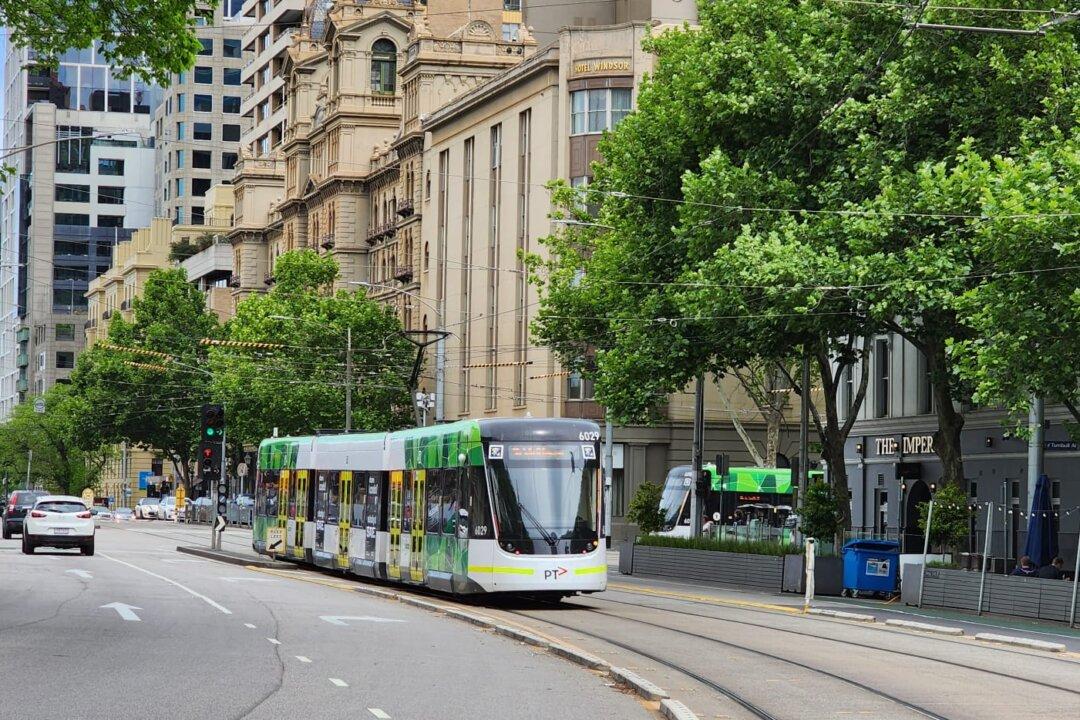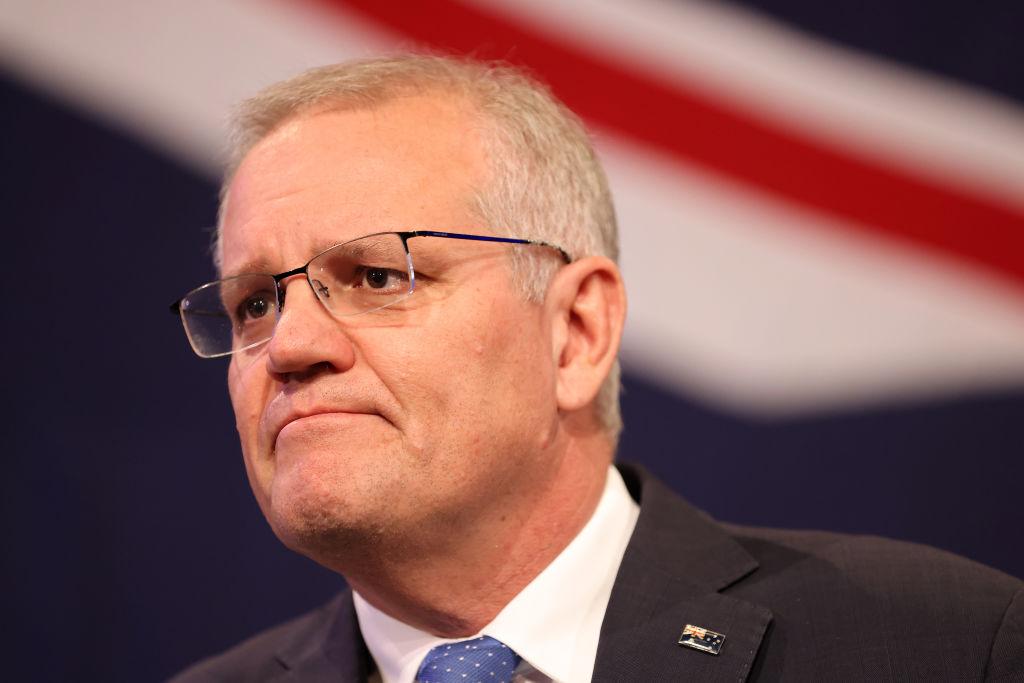The National Party is declaring its official opposition to renewable energy sources such as wind and solar farms, saying they should be subject to the same approval processes fossil fuels have been for decades.
At the annually-held Nationals Federal Conference 2023 that took place over the weekend, a proposal was passed demanding the government place a moratorium on all large-scale renewable energy projects until they satisfy an approval process put in place with regard to the Environmental Protection and Biodiversity Conservation Act (EPBC.)





